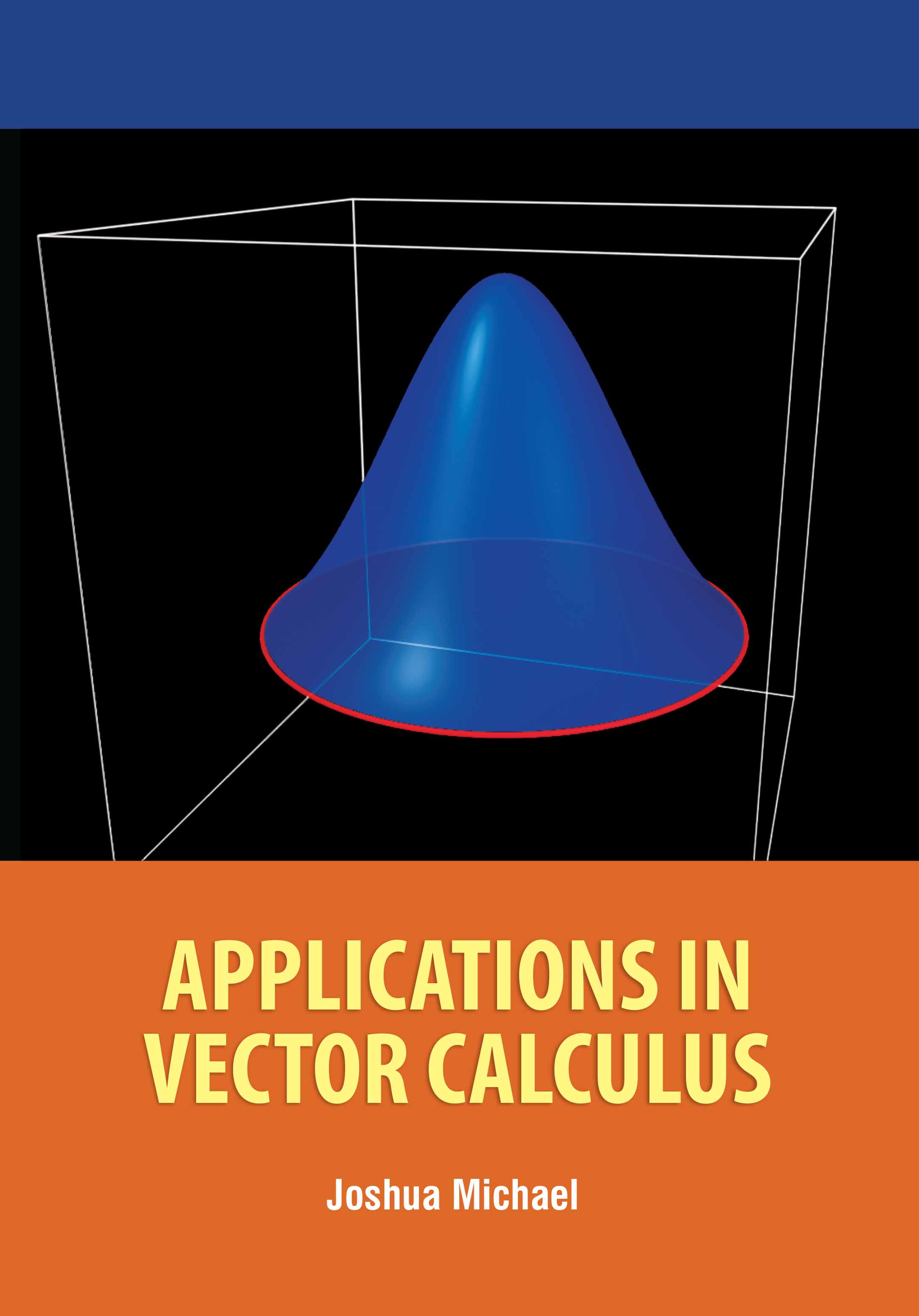About This Book
Geometry is a fundamental branch of mathematics that deals with the study of shapes, sizes, relative
positions of figures, and the properties of space. From ancient times to modern applications, geometry
has played a vital role in architecture, engineering, art, and physics. The theoretical aspect of geometry
focuses on definitions, theorems, proofs, and logical reasoning involving points, lines, angles, surfaces,
and solids. This theoretical foundation helps build a structured understanding of spatial relationships.
Practical geometry, on the other hand, is concerned with the application of geometric concepts in realworld
contexts. It includes the use of tools such as compasses, rulers, protractors, and modern digital
software to solve problems related to design, construction, navigation, and measurement. Geometry is
used to construct buildings, design machines, create computer graphics, and understand the physical
universe. A balanced integration of theory and practice is essential for mastering geometry. Students not
only learn to prove theorems and understand abstract concepts but also apply these ideas in drawing,
modeling, and analyzing physical structures. This dual approach enhances spatial awareness, logical
reasoning, and problem-solving skills. Geometry remains a powerful mathematical discipline that
bridges the abstract and the concrete, making it essential in both education and professional fields.
Geometry - Theory and Practice explores the foundational principles and real-world applications of
geometric concepts in a comprehensive and accessible manner.
Contents: 1. Basic Concepts of Geometry, 2. Coordinate Geometry of Three Dimensions, 3. Conic’s
Directing Circle, 4. Spherical Right Triangle Theorem, 5. The Theory of Parallels in Hyperbolic Geometry,
6. Three-Dimensional Geometric Structures, 7. Geometrical Basics: Points and Lines, 8. Geometric Prisms:
Structure and Properties, 9. Principles of Euclidean-Based Differential Geometry.

